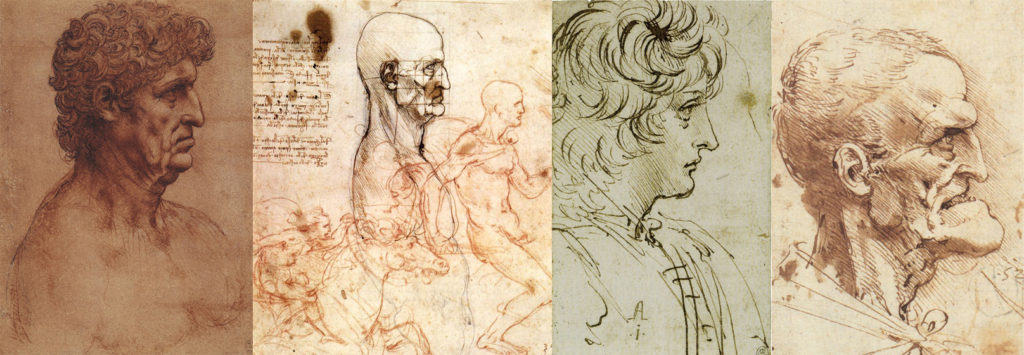People wonder why classical art? Art comes naturally to people. Children pick up a crayon before they pick up a pencil. Children draw before they write, and they love to just scribble and the freedom of expression. Not really thinking just playing which is an important aspect of art. When children learn to write they learn to hold a pencil and at first they are gently guided to form letters then their name, and eventually whole sentences, essays paragraphs and more. However when teachers teach students drawing they automatically just jump into just draw what you see and skip the WHOLE FOUNDATION of “How to hold your pencil, where is the light coming form and how to draw it hitting an object”, most art students have never even heard of foundational drawing vocabulary words such as contour, reflected light and more. Which is why most art student graduates can not draw well.
The Classical Art Method of drawing and painting is based on master artists with proven methods of replicating exactly what you see using the foundational building blocks that DiVinci and Michelangelo used.
Why McEvoy Atelier?
Kevin McEvoy is a Classical trained Instructor of over 15 years with thousands of students.
Kevin took the unique methodology and teaching techniques of Europe, and incorporated them into his own teaching practices. Every lesson is suffused with not just technical ideas, but with art history. Students did remarkably well in this art lesson/art history environment, and his body of students thrived. An admirer of the polymaths of the Renaissance, Kevin is a firm believer of the interconnectedness of all disciplines- his teaching always points students towards seeing the connection between art, science, literature, music, and geometry. “The greatest joy I have is to see the light come on in a student’s eyes… when they finally understand that the light hitting the side of a child’s face is the same as water rushing against the side of a rock in a stream. With understanding, students come to connect the dots in the created world around them… they ignite their capacity for delight, embarking on a lifelong journey of curiosity.”
Free Lesson!
Watch: Drawing the Sphere from Life- The Tomato, Part One
Either set up your own spherical object in real life, beside a window or lamp, or feel free to download our image as a reference. To draw from reference photo, either enlarge image on site, or click the button below to download so that you can either view on your device, or print the file.
> Tomato-Reference-PhotoDownload

THIS LESSON COVERS
What do we do when an object is irregular? We see things in the broadest possible shape first, then proceed on to smaller shapes within the larger shapes. Establishing these larger shapes, we then learn how to see the boundary between light and dark, and learn how to mass these shapes in. Sometimes, you can even abandon your pencil point, and use your fingers to shade in.
Techniques:
√ How to hold your pencil to achieve sweeping affect
√ Height verses width
√ Comparative method of drawing, Comparative approach
Vocabulary:
External Contour is the boundary and the foreground. Remember that it is an imaginary line, it doesn’t really exist, we impose that line in nature.
Shadow Shape as the boundary between light and dark, the shadow shape is an imaginary line that we choose to see. The best way to see a shadow shape is to close one eye and squint the other eye, so as to reduce the light and dark to the simplest values.
Art History:

Da Vinci Profiles (Will be covered in Art History Lecture, make sure to sign up to our Newsletter to find out when)
Leonardo da Vinci was an Italian polymath of the High Renaissance who is widely considered one of the greatest painters of all time. The Mona Lisa is the most famous of Leonardo’s works and the most famous portrait ever made.
Born: April 15, 1452, Anchiano, Italy
Died: May 2, 1519, Château du Clos Lucé, Amboise, France
Periods: High Renaissance, Early renaissance, Renaissance, Italian Renaissance, Florentine painting
Known for: Painting, drawing, sculpting, science, engineering, architecture, anatomy

Including
- Full Access to All Courses on Website
- Art History Lectures, New Lectures Uploaded Monthly
- Friday Check In: On Fridays, from 10:30-11:30 a.m. EST, you will have the opportunity to participate in a weekly Q&A with Kevin in a private Facebook group, and will also have the option of having your work critiqued by Kevin and dialoguing with him about your piece, in this private group
- New Courses added monthly with hours of fresh material- Plein Air and Anatomy coming soon

Each COURSE Includes:
>Video Instruction 15 min – 60 min. video instruction per lesson
>Art History Reinforces the instruction and answers the questions: How is this concept used in drawing and painting? Why did artists work this way in the past?
>Vocabulary and Concepts Overview Enabling the student to understand important concepts
>Activities Each activity reinforces the lesson taught so each student can master the skill, and grow as an artist
Why us?
FIRST- An atelier is a private studio that is headed by one master artist who is thoroughly trained in the atelier tradition of drawing and painting, the classical tradition that goes back hundreds of years. The head artist of an atelier passes along to students a cohesive and comprehensive education that is the culmination of centuries of art studio practice, yet is thoroughly rooted in the concerns of the present age.
SECOND– Kevin McEvoy is also an excellent teacher with 15 years of experience, having worked with hundreds of students
THIRD– Usually you have to choose between approachable teaching methods, or classical art , but Kevin combines the two in a wonderful way that is easy to digest. By teaching classical art with every day objects, Kevin relays concepts in simple terms, bridging the gap between you and the classical art world.

